
This content is protected against AI scraping.
Hey, amazing authors! Today I’m going to talk about how to do front matter in a book. It’s something you need to know If you’re self-publishing for the first time…and even if you’ve self-published many books, this still may give you some new ideas!
What is front matter in a book? Basically, it’s everything that goes before Chapter One. The title page and the copyright page are in almost every book, and beyond that, you have a lot of different options.
I’m going to go over them in the order that they usually appear…
However, there aren’t hard or fast rules about any of this.
You might want to bookmark or pin this for future reference!
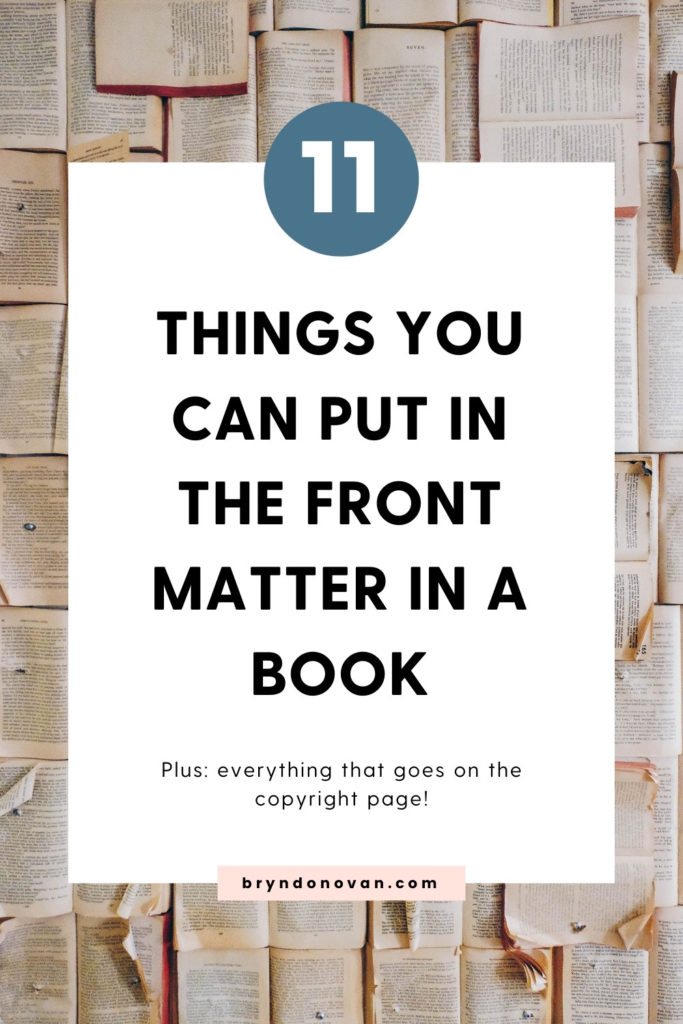
All right, here are all your options for the front of your awesome novel.
1. A Short Excerpt or Teaser from the Book
Do you have a scene in your book that you wish you could make the reader flip to first? Go ahead and put it right in the front! Publishers of steamy romance novels often do this to let the reader know that very romantic and sexy stuff is coming up, but you can use a teaser for any kind of novel.
The key here is that you don’t want the reader to get confused and think the story is beginning here. Keep the excerpt really short—125 words or less. Use a larger type size, at least for the first sentence. And consider formatting this page with design elements at the top and bottom. You know…the fancy scroll-y things!
2. Quotes from Glowing Book Reviews
This page might be titled “Praise for The Title of This Book,” “Praise for The Title of The Author’s Previous Book,” or “Praise for Author Name’s Previous Novels.” If you’re doing the last one, you may list a few of the previous titles, boldface and centered, with a few raving review quotes under each one. These are generally from professional book reviews in the media rather than from individual readers.
If you don’t have review quotes for your self-published novel, no worries at all! Most books, including many big releases, don’t have this in the front matter.
3. “By the Same Author”
This is a list of the author’s other titles, which could also go in the back of the book. In an ebook, make each title into a live Amazon link for the Kindle version only. But make sure you don’t upload an ebook with Amazon links to any other retailer, because they’ll naturally get very irritated with you. They may even kick you off their platform.
4. “About the Author”
This is a short author biography that can also go in the back of the book. If you’d like some inspiration here, check out my post of 11 Good Author Bio Examples.
5. The Title Page
The interior title page is usually a repeat of the cover in black and white. For example, here’s the cover of my book 5,000 Writing Prompts:
And here’s the title page on the inside.
6. The Copyright Page
I’m going to go over what to put here!
A. Your Statement of Copyright
This usually goes right at the top of the page, and it’s usually formatted like this:
Knight at the Museum
Copyright @2022 by Bryn Donovan
All rights reserved.
In the United States, you register for copyright here. It costs $55 at the time of my writing this post. Whether you register for a copyright or not, if anyone plagiarizes your book, that’s copyright infringement and it’s against the law. No one is legally allowed to plagiarize your writing, even if it’s an email or a Facebook post. However, a registered copyright is very helpful in protecting your work.
If you want to copyright the work under your pen name rather than a real name, that is an option. You can read more about that here.
B. An Explanation of Copyright Infringement
Some imprints simply put something like this after the statement of copyright above (not italicized in the book):
No part of this book may be used or reproduced without written permission from the publisher, except in the case of brief quotations in articles and reviews.
Some books include a longer explanation on the copyright page about how you can’t appropriate the work. Here’s an example from Penguin Books:
The scanning, uploading, and distribution of this book via the Internet or via any other means without the permission of the publisher is illegal and punishable by law. Please purchase only authorized electronic editions and do not participate or encourage electronic piracy of copyrightable materials. Your support of the author’s rights is appreciated.
Here’s another example, from Hachette Book Group:
Hachette Book Group supports the right to free expression and the value of copyright. The purpose of copyright is to encourage writers and artists to produce the creative works that enrich our culture.
The scanning, uploading, and distribution of this book without permission is a theft of the author’s intellectual property. If you would like permission to use material from the book (other than for review purposes), please contact permissions@hbgusa.com. Thank you for your support of the author’s rights.
If you’re a self-published author, you have my permission to use this version, which I wrote for this post:
Thank you for supporting my hard work as an author by buying an authorized edition of my book and for not illegally copying, distributing, or appropriating any part of it without my permission. You’re making it possible for me to write more books for you to enjoy.
C. Your Fiction Disclaimer
Most novels are published with a paragraph that begins with, “This is a work of fiction.” This fiction disclaimer basically says you aren’t writing about real people or events. This won’t necessarily protect you from a defamation lawsuit if you are clearly writing mean things or lies about real people. However, it does help you a little.
Honestly, the wording of these disclaimers is almost the same from publisher to publisher. Here are two examples:
From Avon Books (a HarperCollins imprint):
This is a work of fiction. Names, characters, places, and incidents are products of the author’s imagination or are used fictitiously and are not to be construed as real. Any resemblance to actual events, locales, organizations, or persons, living or dead, is entirely coincidental.
From Tor Books:
This is a work of fiction. All of the characters, organizations, and events portrayed in this novel are either products of the author’s imagination or are used fictitiously.
I pulled that second one from The House in the Cerulean Sea by TJ Klune, and I can just imagine a reader saying, “Hey, wait a minute, I’m a blobby creature with tentacles who dreams of being a bellhop! I’m going to sue!”
D. Your ISBN.
The ISBN number is a unique number that identifies the book for booksellers, libraries, and so on. There may be more than one paperback with the same title, but there’s only one paperback with its ISBN. You don’t need an ISBN to publish an ebook on Amazon; Amazon will assign their own stock number (ASIN) to it either way. But if you want print editions to be available to bookstores and libraries, print one edition through Lightning Source with an ISBN you bought from Bowker. (I know, they’re expensive!) I prefer to own all my ISBNs for all editions of my work.
Fair warning on ISBNs: if you accidentally get the wrong one in the book and it doesn’t match the cover, or if one of those doesn’t match the ISBN in your pre-order information on a website, the printer usually won’t print it and/or the retailer usually won’t sell it until the discrepancy is corrected. So when you’re checking over your files, always make sure you’ve got the right number there!
All right, let’s move on from the copyright page!
7. Dedication
A dedication page usually goes after the copyright page. Here are a few examples of dedications.
For my husband
Dedicated to firefighters everywhere
For Agnes, my dog, with thanks for all her love and support.
If you are traditionally publishing a book, make sure to let your publisher know as soon as possible if you want to include a dedication. At work, I’ve had authors ask me about this months after the book was printed, so now I always try to remember to ask them about it, but not every publisher will ask, and in any case, it’s easy to forget!
8. Author’s Note
This is a page you include if there are things you want to tell the reader before they read the book. Depending on you and the story, this might include content warnings. The page may also be titled “Foreword” or even “Preface,” which is more common in nonfiction books. You may have notes about why you wrote the book, explain your treatment of historical events, or have other information for the reader. You might want to write a more warm and personal letter to the reader, which you can title “Letter to the Reader.”
9. Acknowledgements
If you have several people to thank for helping you write the book, you can do an acknowledgements page. These kinds of thanks can also be made in the last paragraph of an Author’s Note. Acknowledgements can also go in the back of the book, but more often go in front.
10. Epigraph
This is a short quote, usually from another literary work, that goes at the beginning of the book and sets the tone for the book. Please note that copyright law applies here, so you have to get permission to use it unless it’s in the public domain. Getting permission to use song lyrics that aren’t in the public domain is almost impossible, so fair warning there.
If you want to use a Bible verse as an epigraph (or use them at the beginnings of chapters), the following versions are copyright-free: King James Version, American Standard Version, World English Bible.
If you’re writing a fantasy novel, you can also use an epigraph from a song or poem from the world of the story that you made up yourself. Which brings us to the last thing (arguably the last two things…)
11. Geeky Stuff
If you have a map for your fantasy or historical novel, put it here! Please note that maps are protected by copyright unless they are in the public domain, but you can hire someone to create a new design of a historical map.
Personally, when I open a fantasy novel, I love seeing a map. It helps me feel like I’m about to be whisked away to a whole new world.
If you have a glossary of foreign or fantasy words you’d like the reader to know, you can put that here, too. Keep in mind, though, that if you overdo these r if the meaning isn’t fairly clear in the context of the story, readers will get grouchy.
Did I leave out something that can go in the beginning of a book? Let me know—I might update this later! Do you have any questions about the front matter, or comments about how you’ve handled it? Please share in the comments! Thanks so much for reading, and have a great week!

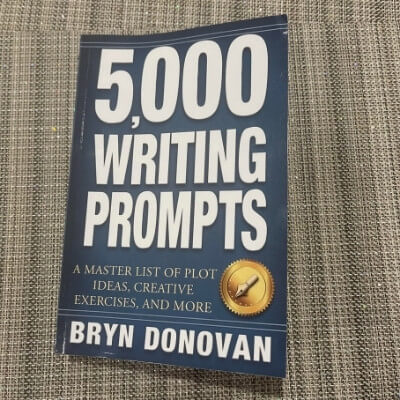
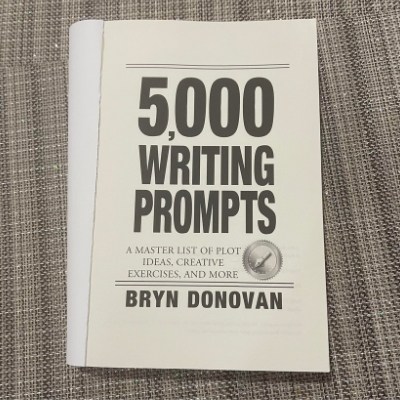

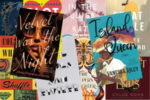




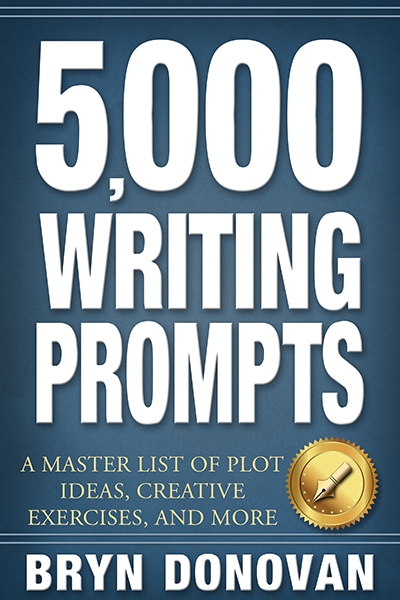
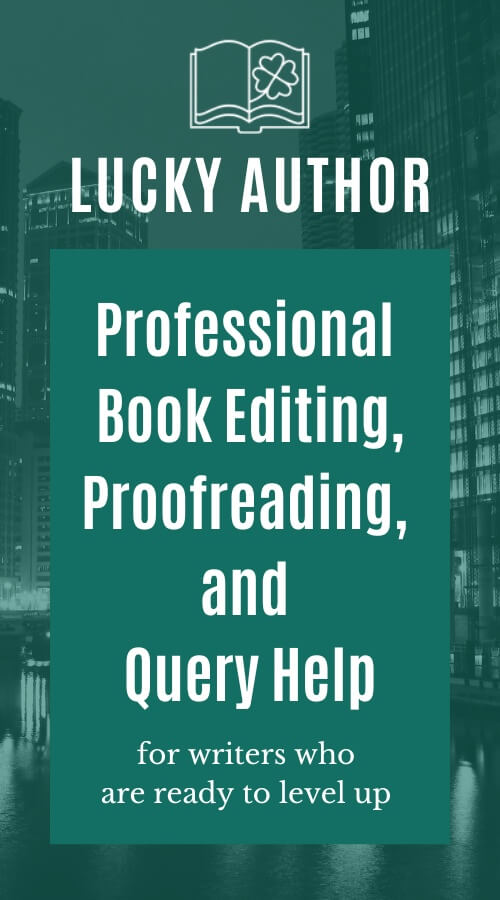
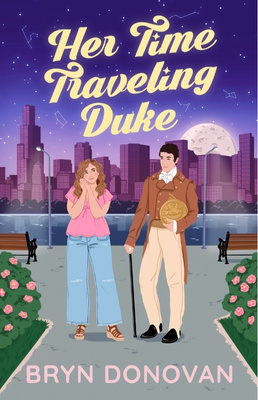
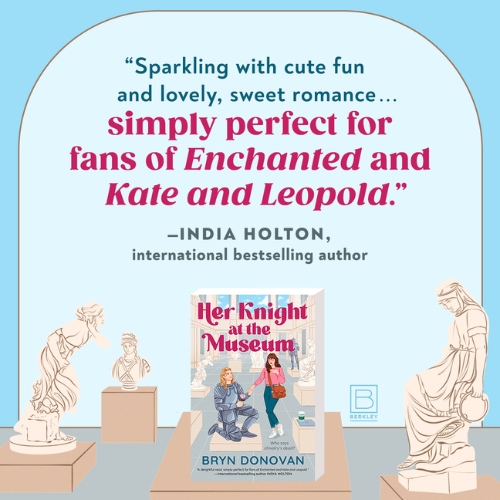
Fantastic post, Bryn. Most useful information.
I’m so glad, V.M.! Thank you!
Extremely helpful material Bryn! Thank you so much for sharing your expertise.
Thanks, Naomi! Thanks for reading!
What about a Dramatis Personae? It’s not common, but a few books have them.
Sorry for the delayed reply! I associate those with plays rather than novels, and I didn’t think of it. It’s an interesting idea, though…it might help get people hooked! I suppose it wouldn’t work if you wanted some character introductions to be a surprise, but most books don’t rely on that. I love the suggestion!
Wonderful post!
Aww thanks friend!
Great checklist for sure. Thanks Bryn. Will be reblogging 🙂
Oh thank you DG—I appreciate that so much!
Merci Beaucoup. Wish I’d had this sooner. Finally got my first book published a month ago. At 75 I’m thrilled. A dream come true. Kind of flew by the seat of my pants at the end. Next time I’ll know better. There’s always more to learn. I love your posts.
Jan, I always love hearing from you! You are so right about how “there’s always more to learn.” 🙂 Thank you so much for the kind words!
Most readers of eBooks seem to prefer an immediate start to the story, and consider most of your list as junk. I’ve started including nearly all of it in the backmatter instead. Another reason to do it this way is that Amazon gives potential readers a peek at the first few pages, and I don’t want to waste that space with things that won’t encourage them to make a purchase. Even print books can be designed this way. Perhaps the “traditional” opening pages need to be reimagined for today’s readers. Food for thought.
Dear Bryn,
Thank you for this e-mail on front matter. This something I look through regarding design in some of my favourite and regularly used books. The transparent pagination of front matter is something I look for with page numbers in roman numeral lower case on as many right hand pages as possible. I like your idea for inclusion of a map page.
With kind regards,
Howard Fox
Thanks for this wonderful post Bryn! I have had some of these on my mind for a while when contemplating my second book…wondering if I should have done anything different with the first one. This clears up a few things.
Hi Cheryl! Sorry for the delayed reply—I’ve been on vacation! I’m so glad this was helpful 🙂 Thanks for the kind words!
Bryn Donovan, In the copyright section you have an a in a circle. It should be a c (for copyright) in a circle.